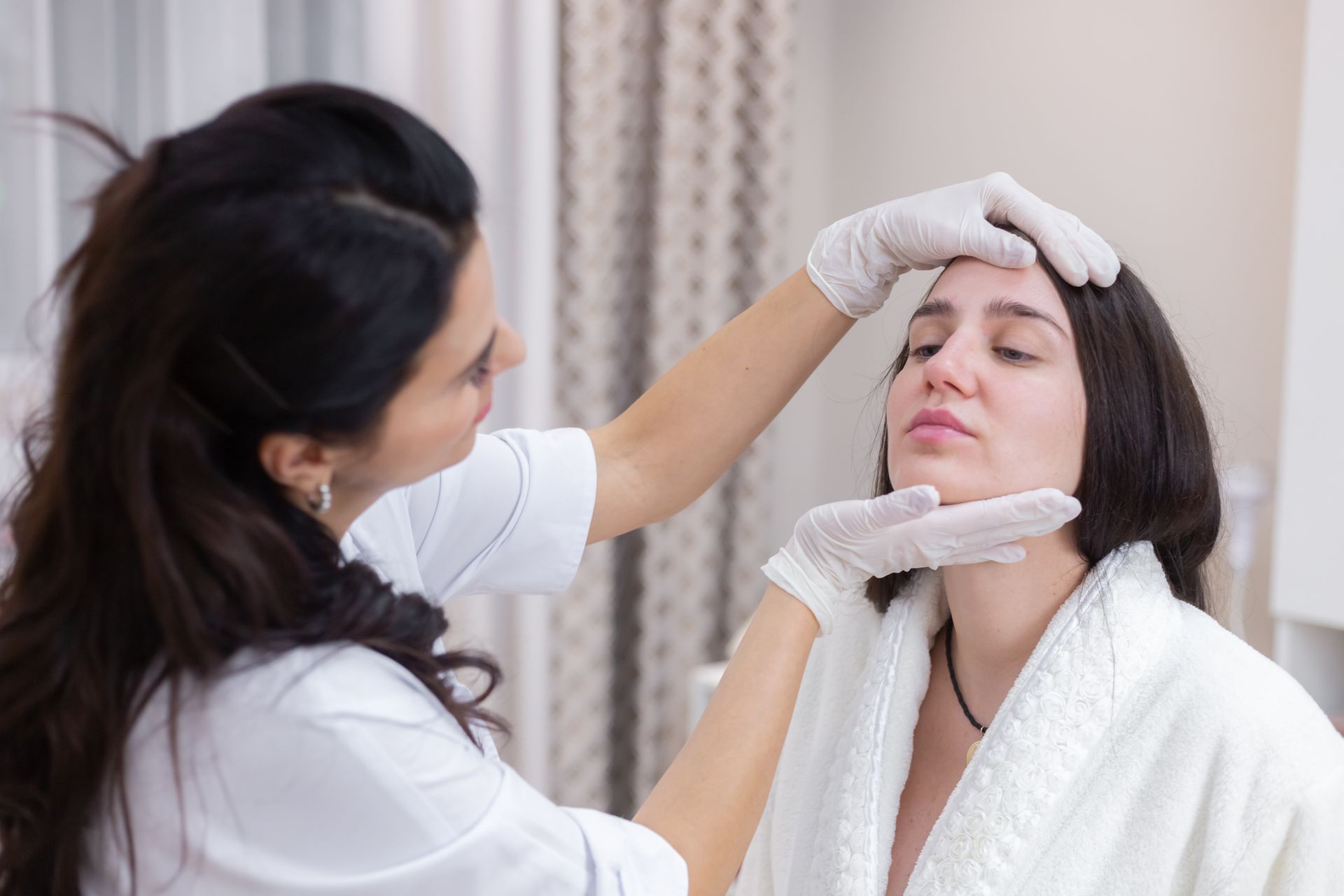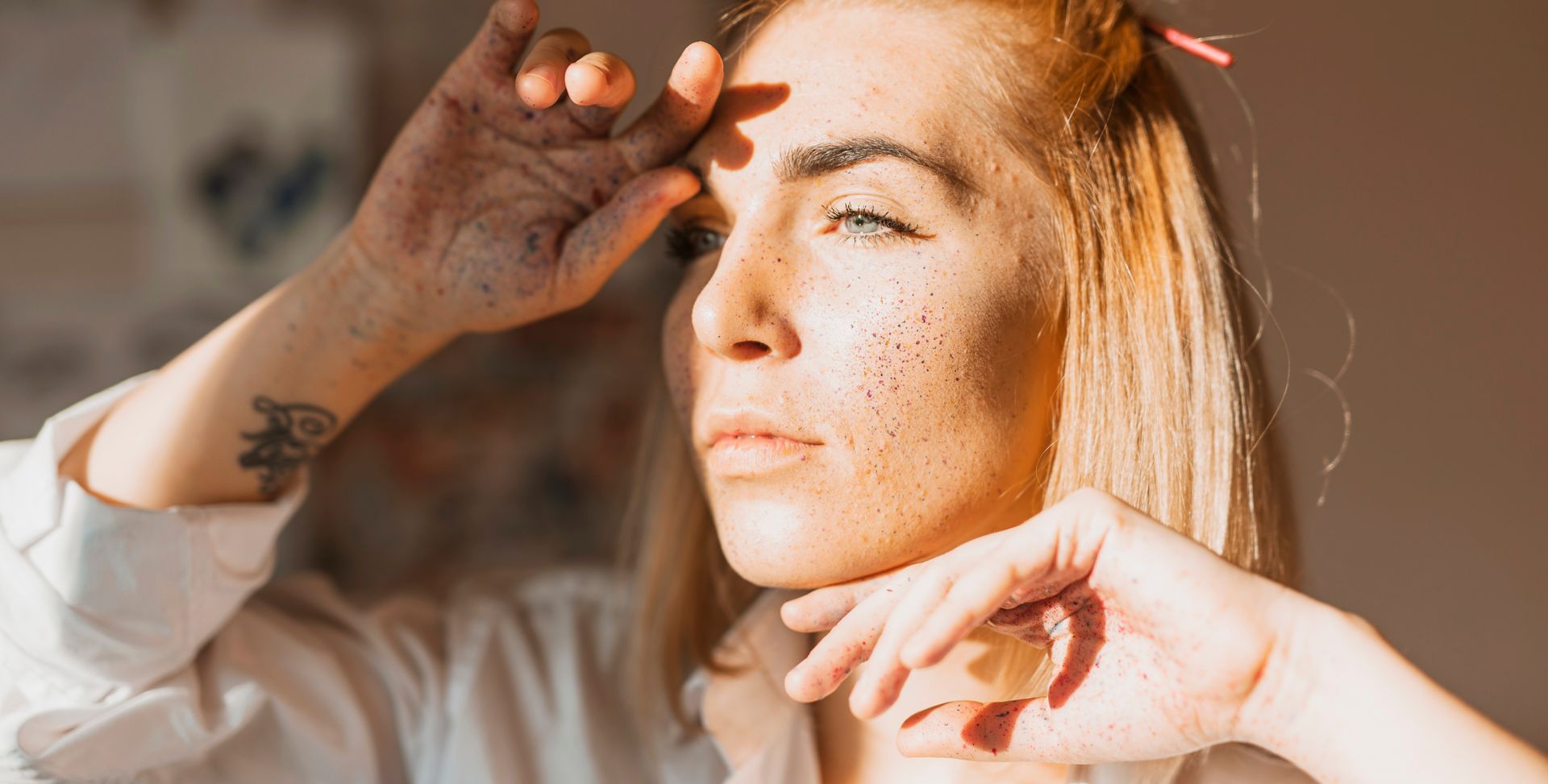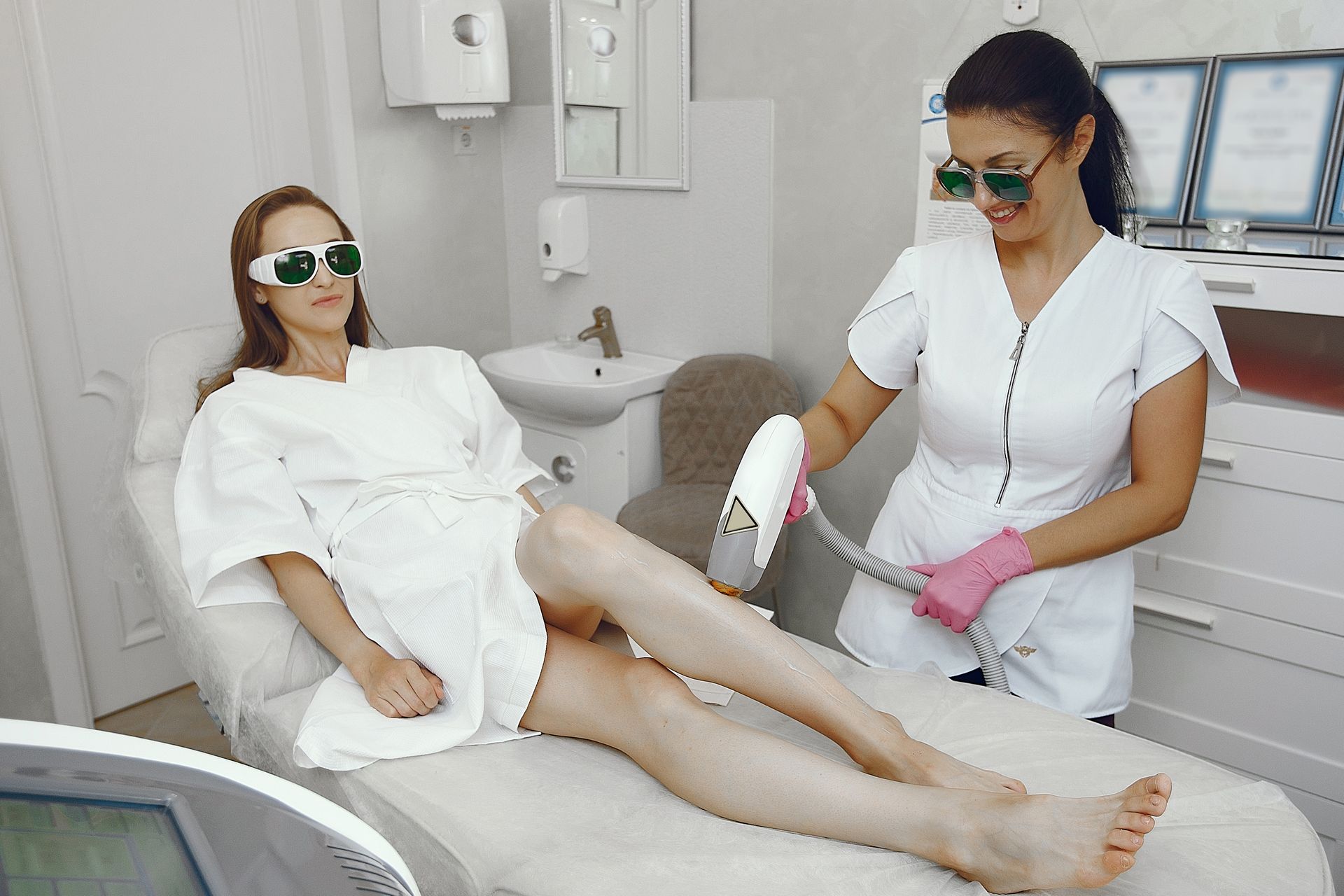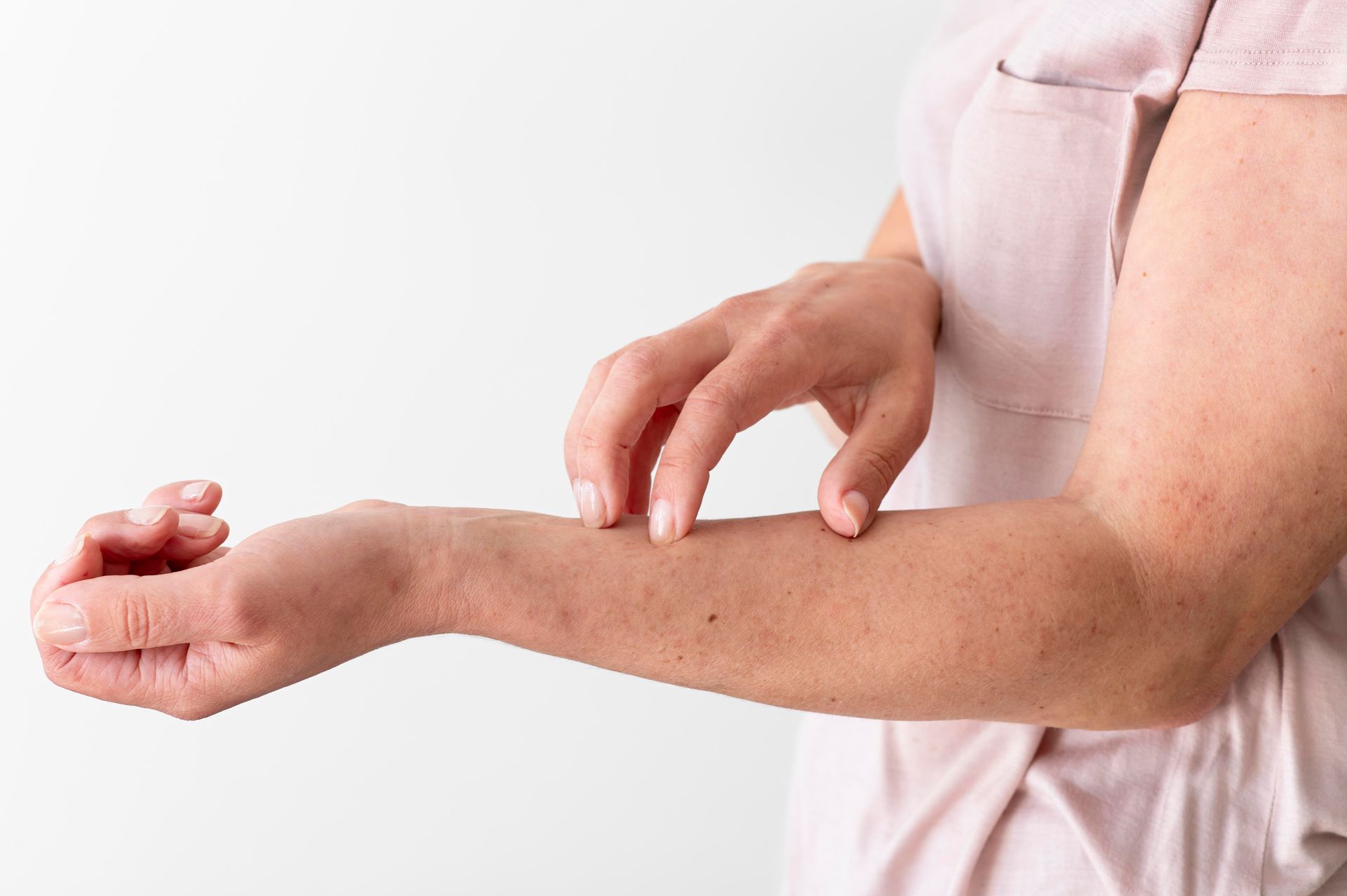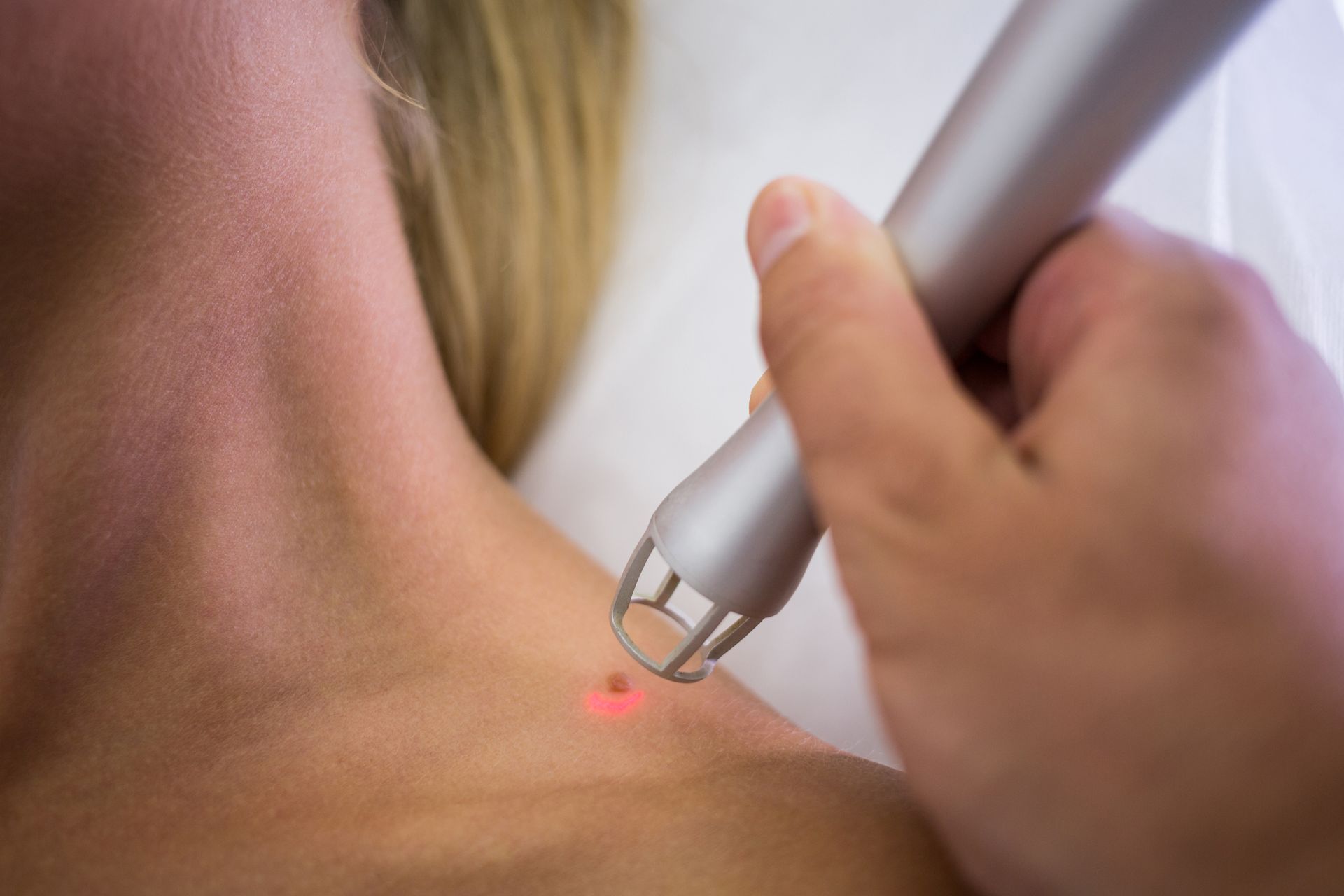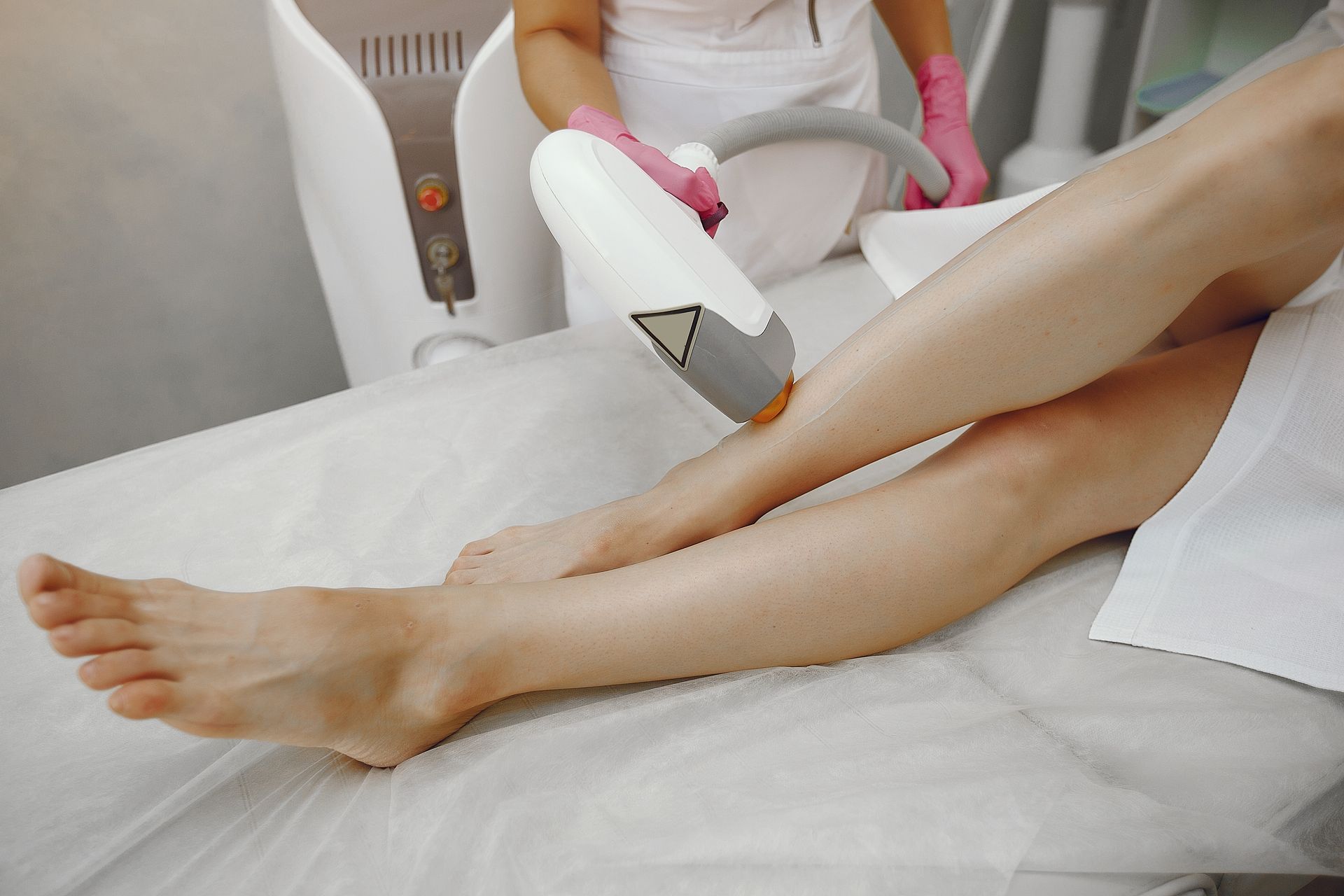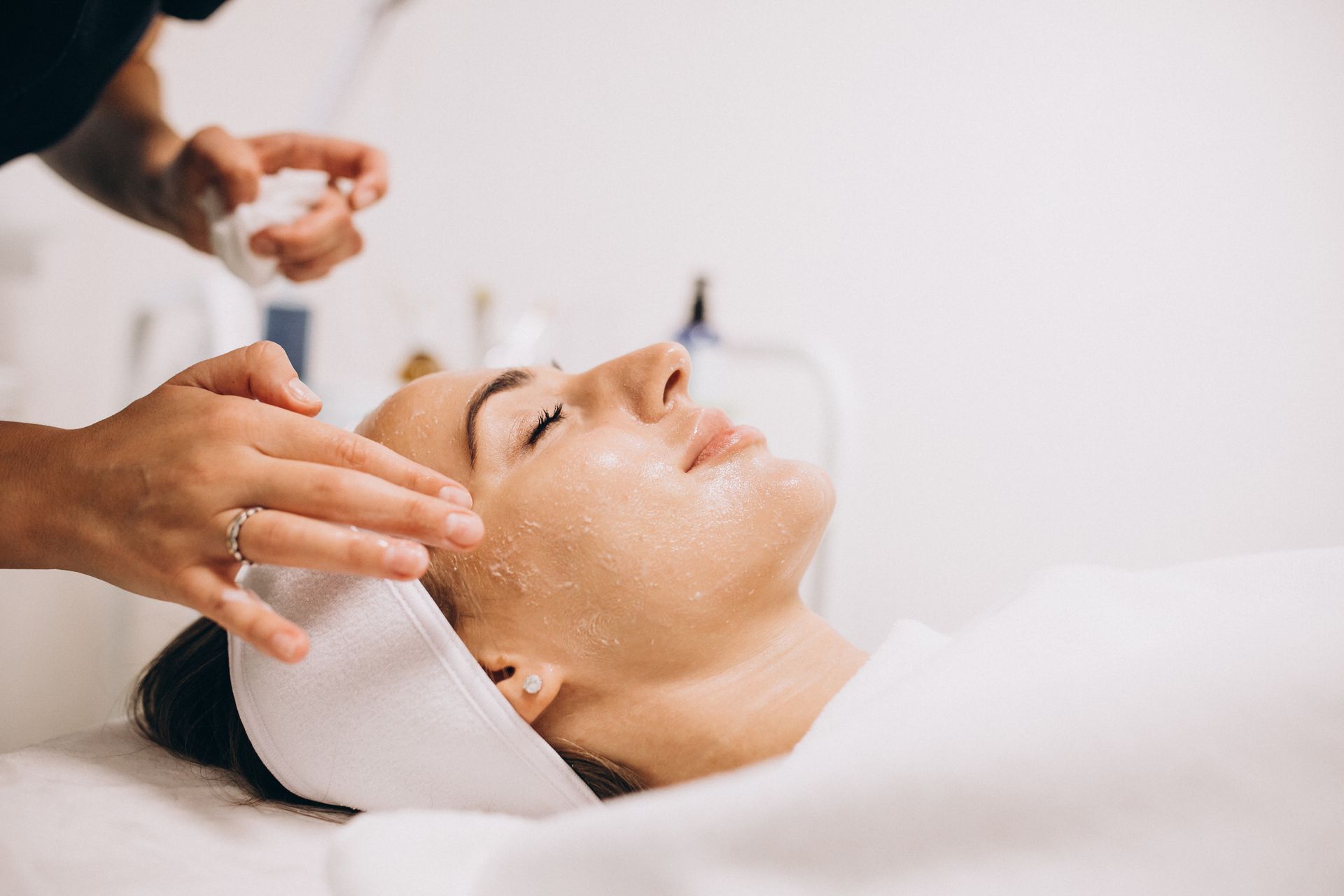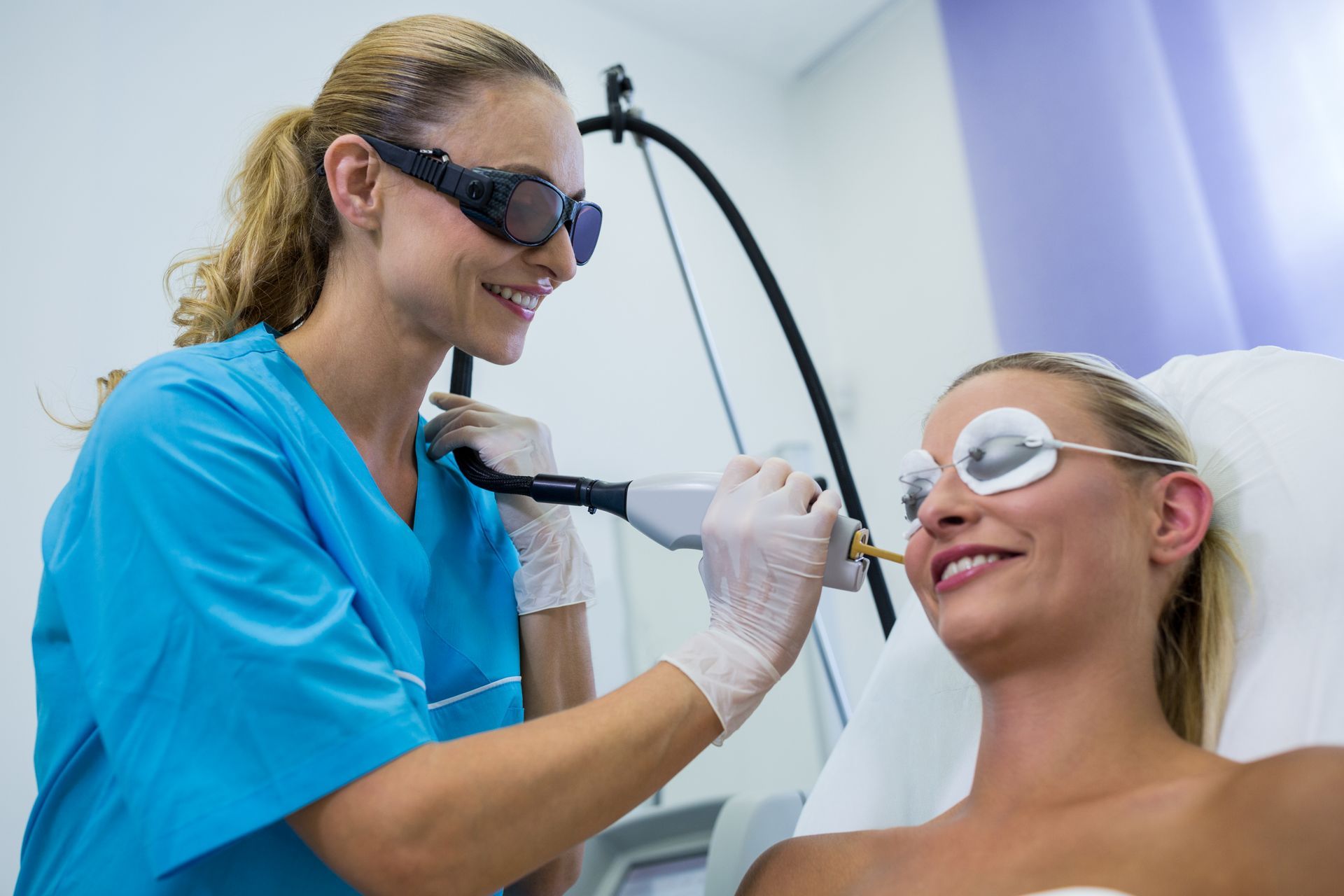How Long Does Laser Hair Removal Last on the Face?
If you've ever caught yourself wondering how long laser hair removal lasts on the face, you're not alone. For many, facial hair is a daily battle—especially for those dealing with upper lip, chin, or sideburns. Whether it’s hormonal, hereditary, or just plain inconvenient, facial hair is one of the most common reasons people turn to laser hair removal. But what most people don’t fully understand is the longevity of results and what it takes to maintain them.
At Huggie Beauty, our experts frequently get asked, “Will it last forever?” The short answer: not quite, but the long-term benefits are significant. Let’s dive into the details to understand what really happens once that laser touches your skin.
How many laser hair removal sessions for face?
Understanding the Basics of Facial Laser Hair Removal
Laser hair removal uses a concentrated beam of light to target and destroy hair follicles during their active growth phase. On the face, popular treatment areas include the upper lip, chin, cheeks, jawline, and even between the brows. However, because the face is more hormonally reactive than other parts of the body, it behaves a bit differently in terms of hair growth and regrowth.
Unlike waxing or shaving, laser hair removal doesn’t just remove the hair—it weakens its ability to come back. But the key word here is weakens, not eliminates permanently. That’s where expectations need to be managed.
So, How Long Does It Actually Last?
After completing a full treatment cycle—usually 6 to 8 sessions spaced about 4 to 6 weeks apart—most people experience a significant reduction in facial hair. Some may go months, even years, without noticeable regrowth. However, results vary from person to person depending on skin type, hair thickness, hormones, and lifestyle.
For many, laser hair removal on the face offers results that last anywhere between 6 months to 2 years before needing a touch-up. It's not uncommon for clients to require annual or bi-annual maintenance sessions, especially if they have hormonal imbalances like PCOS.
In other words, laser hair removal is long-lasting, but not necessarily forever. Think of it as a hair reduction method rather than a hair elimination promise.
The Hormonal Wildcard: Why Facial Hair Often Comes Back
Facial hair growth is heavily influenced by hormones. That’s why many women with conditions like PCOS (Polycystic Ovary Syndrome) experience stubborn regrowth despite several laser sessions. Similarly, aging and menopause can cause new hair growth patterns, making maintenance an essential part of the process.
At Huggie Beauty, our skincare specialists emphasize that managing hormonal health plays a huge role in how effective and lasting your facial laser treatments will be.
Step-by-Step: What Happens During and After Treatment
Step 1: The Consultation
Before anything, you’ll have a consultation with a licensed technician to assess your skin tone, hair texture, and medical history. This step is crucial to determine your eligibility and set realistic expectations.
Step 2: The Sessions Begin
Each session involves targeting specific facial areas with a handheld laser device. You might feel a snapping sensation, but most clients describe it as tolerable. The number of sessions you’ll need depends on how your hair responds and whether your follicles are in the right growth phase.
Step 3: Shedding and Smoothness
After a few days, the treated hair begins to fall out. This isn’t regrowth—it’s part of the process. Your skin will feel smoother and softer, but don’t be fooled into thinking the journey is over.
Step 4: Maintenance
Even after the full cycle, occasional hairs might pop up due to hormonal shifts or missed follicles. Maintenance sessions—once every few months or once a year—can help preserve the results.
Risks You Should Know About
While facial laser hair removal is generally safe when done by certified professionals like those at Huggie Beauty, it does come with some potential risks. These include temporary redness, swelling, and in rare cases, hyperpigmentation or minor burns. These issues are more common in individuals with darker skin tones or when treated by inexperienced technicians.
To minimize risks:
- Always follow pre and post-care instructions.
- Avoid sun exposure before and after your treatment.
- Use soothing, non-comedogenic moisturizers and SPF.
What Not to Do Between Sessions
The time between sessions is just as important as the treatment itself. Picking or waxing the hair can disrupt the follicle cycle and make the laser less effective. You should:
- Avoid plucking or waxing.
- Refrain from excessive exfoliation.
- Say no to tanning or sunbathing.
- Use only gentle skincare products to avoid irritation.
At Huggie Beauty, we educate every client on how to properly care for their skin in between sessions to ensure the safest and most effective results.
Challenges People Face with Facial Laser Hair Removal
One of the most common challenges is managing expectations. Many clients think one or two sessions will give them baby-smooth skin for life. Unfortunately, that’s not the case.
Other common challenges include:
- Regrowth in areas not previously treated.
- Emotional discomfort when facial hair doesn’t disappear as fast as hoped.
- Fear of side effects like burns or pigmentation—especially in people with darker skin.
That’s why expert guidance and a tailored treatment plan matter. At Huggie Beauty, we offer customized laser protocols for each client based on their unique skin and hair profile.
When to See Results and What to Expect Long-Term
You’ll typically start to notice a reduction in facial hair after 2-3 sessions. By the end of your treatment cycle, most of the coarse, dark hair will be gone or significantly thinned out. The finer, lighter hairs may persist and usually require additional attention.
Long-term, many clients find that they don’t need to worry about facial hair in their daily routine. While some light regrowth might occur, it’s often barely noticeable and easy to manage with an occasional maintenance session.
Conclusion:
Laser hair removal on the face is a long-term investment in your confidence and convenience. While it doesn’t offer permanent hair removal, it significantly reduces hair growth and maintenance over time. With proper care, expert guidance from clinics like Huggie Beauty, and a realistic understanding of your body’s unique biology, you can enjoy smoother, clearer skin for months—even years—at a time.
So, how long does laser hair removal last on the face? The real answer lies in your skin, your hormones, and your commitment to the process—but one thing’s certain: it’s a journey worth taking.
BOOK YOUR FREE SESSION
